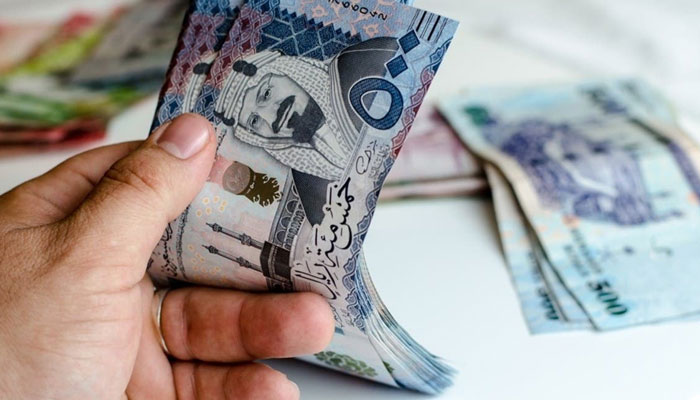Saudi Riyal Inches Up Against Pakistani Rupee Amid Strong Remittance Inflows
May Remittances Hit Record $3.69B, Led by Saudi Arabia and UAE
Karachi — The Saudi Riyal (SAR) registered a modest gain against the Pakistani Rupee (PKR) in the open market on Thursday, with currency dealers reporting a one paisa increase in both buying and selling rates.
The buying rate of the Riyal now stands at Rs75.64, while the selling rate has inched up to Rs76.21. Market analysts attribute the slight uptick to routine currency fluctuations driven by steady remittance inflows and seasonal demand ahead of the Eid holiday season.
The SAR to PKR exchange rate remains a critical focus for Pakistan’s economy, particularly due to the country’s large expatriate workforce in Saudi Arabia. At today’s rate, 1,000 Saudi Riyals fetch Rs75,640 in the open market, maintaining a reliable conversion level for families dependent on remittances.
Remittances Near $35 Billion Mark in FY2024–25
The State Bank of Pakistan (SBP) has reported a robust 28.8% increase in workers’ remittances during the first eleven months of fiscal year 2024–25, with total inflows reaching $34.9 billion from July 2024 to May 2025.
May 2025 alone brought in $3.69 billion, the highest monthly remittance figure of the fiscal year. Saudi Arabia topped the list of contributing countries with $913.3 million in inflows, followed by the United Arab Emirates (UAE) with $754.2 million.
Economic Impact
The relatively stable SAR to PKR rate is reassuring for overseas Pakistanis, currency traders, and local households alike. Strong remittance figures continue to buttress Pakistan’s foreign exchange reserves, offering support to the rupee amid inflationary pressures and a fluctuating global economic environment.
Exchange rates like SAR/PKR not only influence import and export competitiveness but also directly affect consumer prices, business planning, and monetary policy decisions.
Read more: US Dollar, Euro, Riyal, Pound to Pakistani Rupee – Currency Exchange Rate Today
With Pakistan relying heavily on foreign remittances to maintain external account stability, continued monitoring of currency trends remains vital for economic resilience and financial planning.


Comments are closed, but trackbacks and pingbacks are open.